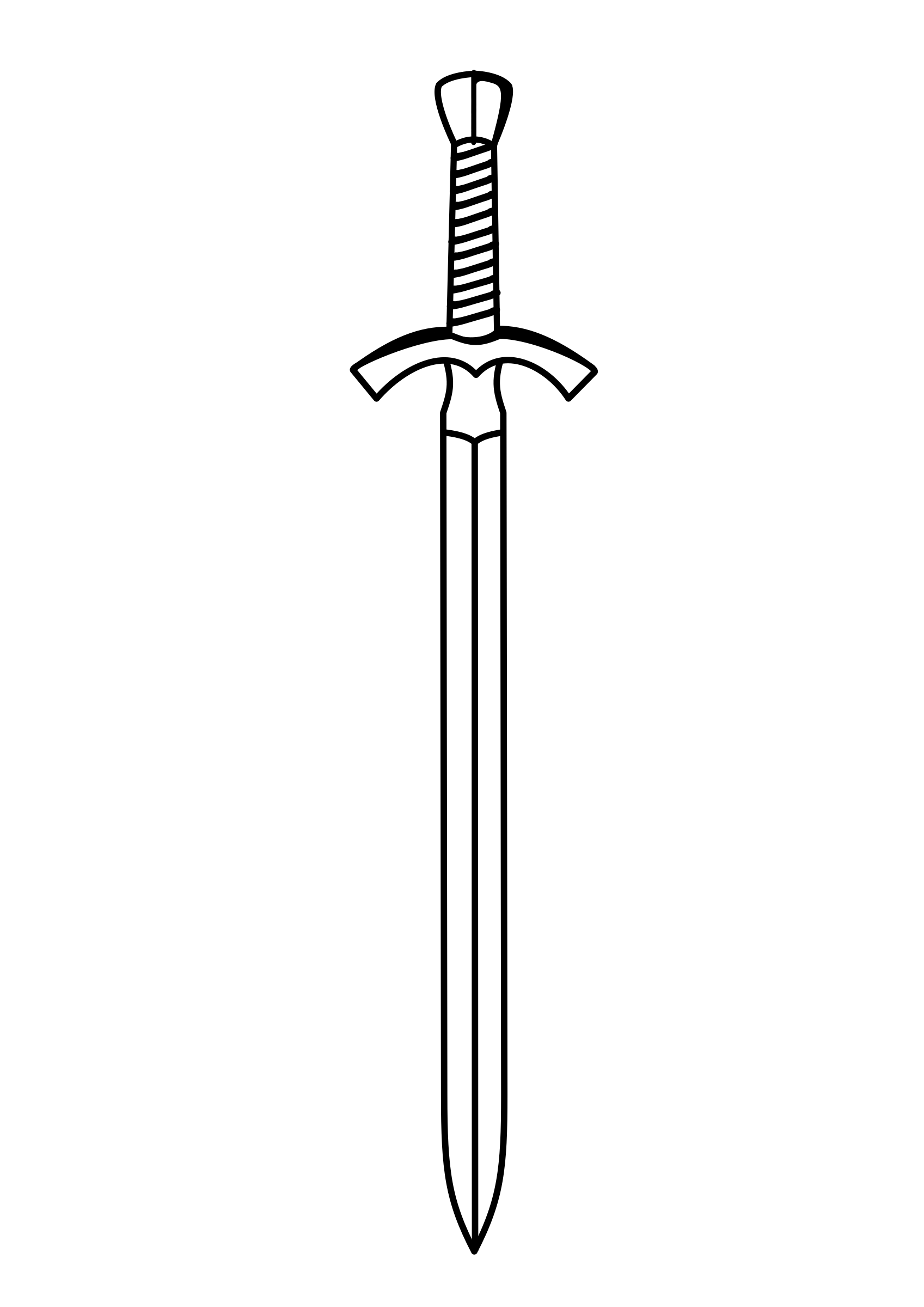 I have been perusing the new Forbidden Lands roleplaying game by Fria Ligan, a fantasy game where you play 'raiders and rogues bent on making your own mark on a cursed world'.
I have been perusing the new Forbidden Lands roleplaying game by Fria Ligan, a fantasy game where you play 'raiders and rogues bent on making your own mark on a cursed world'.I have played two other Fria Ligan products, the amazing 'Coriolis' and the wonderful 'Tales from the Loop', and both games left quite an impression on me. The quality of Fria Ligan's products and the presentation in their games is of an incredibly high standard, and this game is no different.
After the beautiful full-colour illustrations and dynamic layout of the the two previous games I have played, the thing that strikes me with this game is the black and white interiors and the stark, black and white illustrations. In fact, the book has a very old-school feel about it which I find very appealing, being the *ahem* age that I am, and makes the game very clear and easy on the eye. The artwork is excellent and very stylised, and really helps to capture a unique atmosphere that helps to make the game stand out.
This has been a general read-through of the book and I'm impressed. There's not a lot of detail I want to go into right now as I'll be doing a full review of the game once I've played it, and I don't want to make assumptions without playing thegame properly. However, I think this will be an easy sell to my gaming group as it has the normal fantasy tropes - you can play the standard different races as well as a couple of new ones, and there are classes to choose from, too - but there's a dark twist to the setting that appeals to me as a GM.
Look out for my full review in the future.
'In Forbidden Lands, you and your friends will be playing raiders and rogues bent on making your own mark on a cursed world. Discover lost tombs, fight horrifying monsters, wander the wilderness and, if you live long enough, build your own stronghold to defend.
Forbidden Lands is a legacy game, in which your actions will permanently change the game map, turning it into a living chronicle of your adventures. The unique rules for exploration, survival, base building and campaign in Forbidden lands play can easily be ported to any other game world.
The tabletop RPG Forbidden Lands was named one of the most anticipated RPGs of 2018 by EN World. The crowdfunding campaign raised over a quarter of a million dollars and was the third most successful RPG Kickstarter in the world 2017.

The game is the fourth English tabletop RPG from the Swedish developers Free League Publishing. With art by the internationally acclaimed artist Simon Stålenhag and iconic fantasy artist Nils Gulliksson, lore by fantasy author Erik Granström, scenarios by esteemed game writers such as Patrick Stuart, Ben Milton and Chris McDowall and game design by Free League that created the award-winning RPGs Mutant: Year Zero, Coriolis: The Third Horizon, Symbaroum and Tales from the Loop.
The core boxed game set includes the Player's Handbook and the Gamemaster's Guide - two hardcover books with leather and gold covers, totaling over 450 pages - along with a large full-color map, a sheet of map stickers, and a booklet of tables.'






